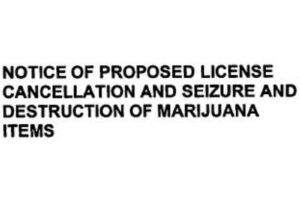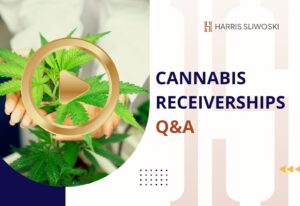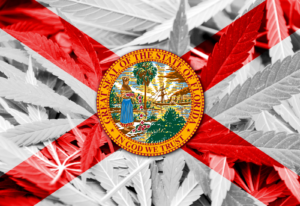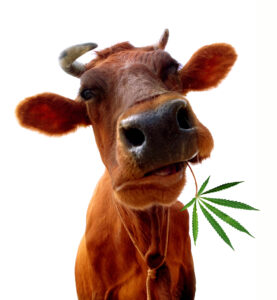
Hemp stakeholders have been eagerly waiting for the release of rules and regulations by the U.S. Department of Agriculture (“USDA”). Although the 2018 Farm Bill removed the hemp and its derivatives from the Controlled Substances Act, it did not provide clear, consistent and reliable standards to safely and lawfully produce the crop. Instead, the new law tasked the USDA with adopting those standards with which states and Native American tribes wishing to regulate the crop within their borders will have to comply.
Earlier this summer, the USDA announced in a notice published in the Federal Register that it aimed to release its interim final rule in August. However, various comments recently made by USDA representatives suggest that the agency is struggling to meet its deadline. Specifically, the agency seems to be wrestling with the drafting of THC testing standards.
THC Testing standards matter because THC concentration is the key factor in differentiating hemp from marijuana. It is the difference between a regulated agricultural commodity and a Schedule I controlled substance. Without a national THC testing standard marijuana and hemp are virtually impossible to differentiate because they look, smell and feel the same.
Pursuant to Section 297B (a)(2)(A)(ii) of the 2018 Farm Bill, states and Native American Tribes seeking regulatory authority over the production of hemp must submit a plan to the USDA that includes, in part,
a procedure for testing, using post-decarboxylation or other similarly reliable methods, delta-9 tetrahydrocannabinol concentration levels of hemp produced in the State or territory of the Indian tribe[.]”
As I explained in a prior post, there is no “postdecarboxylation” testing method per se, and although the congressional intent of the 2018 Farm Bill apparently was to refer to a testing method known as gas chromatography (“GC”), this method has been heavily criticized by stakeholders because it tends to increase the THC concentration in the hemp sample and pushes it over the 0.3 percent limit.
So it isn’t entirely surprising that the USDA is struggling to craft THC testing standards with so little guidance.
Unfortunately, this delay is further exacerbating state and local enforcement authorities’ ability to differentiate hemp from marijuana. As of now, most jurisdictions lack the resources to test for specific levels of THC and differentiate hemp from its illegal cousin, marijuana. The patchwork of testing standards across states has further hindered the lawful sale of hemp nationwide. After all, why impose a 0.3 percent THC threshold if the states are imposing 50 different testing standards?
Establishing a reliable and uniform testing standard is only one of many other standards the USDA needs to promulgate in order to fulfill the intent of the 2018 Farm Bill. Implementing a procedure for tracking the source of the crop and its finished products is as important as the adoption of a uniform testing standard. Indeed, the 2018 Farm Bill legalized hemp grown pursuant to a state or Native American tribe plan. This means that not all hemp is treated equal, even if the tested crop contains no more than 0.3 percent THC.
As such, hemp industry players must maintain records showing the source of the plant, including but not limited to the grower’s license under which hemp was cultivated as well as the certificate of analysis (“COA”) for each batch of hemp or finished hemp product tested showing that they contain no more than 0.3 percent THC. If your company is dealing in hemp, you should know exactly where it was grown and should be prepared to prove it.
The lawful production and sale of hemp and hemp products is a complex business that requires cautious planning and due diligence. As such, hemp stakeholders should consult with lawyers who thoroughly understand the field in order to mitigate their risks and thrive in this fairly unregulated market.























